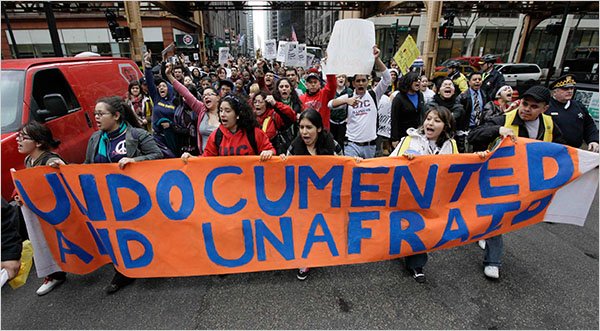
Attention to the use of new media by social movements rose rapidly following groundbreaking global protests: The Arab Spring, Occupy Wall Street, and the “Indignados” Movement in Spain. However, determinism and rhetoric of newness have led to phrases like “Twitter Revolution,” while tools and gadgets often overshadow human agency and grassroots efforts. In fact, media and grassroots strategies have worked hand-in-hand and have been pivotal to social movements throughout history. Through a comparative analysis of the Farm Workers Movement of the 1960s and the contemporary Immigrant Youth Movement, this work examines media strategies by emphasizing concrete media practices of movement actors. With a grounded approach that incorporates participant observation, semi-structured interviews, archival research, and literature reviews, this study provides cross-historical insight into media strategies in social movements. Particularly, this work covers external and internal media strategies, media practice, framing, community media practice, and capacity building. It concludes with a comparative analysis of how movement media strategies are related to movement goals, aims, and outcomes.



